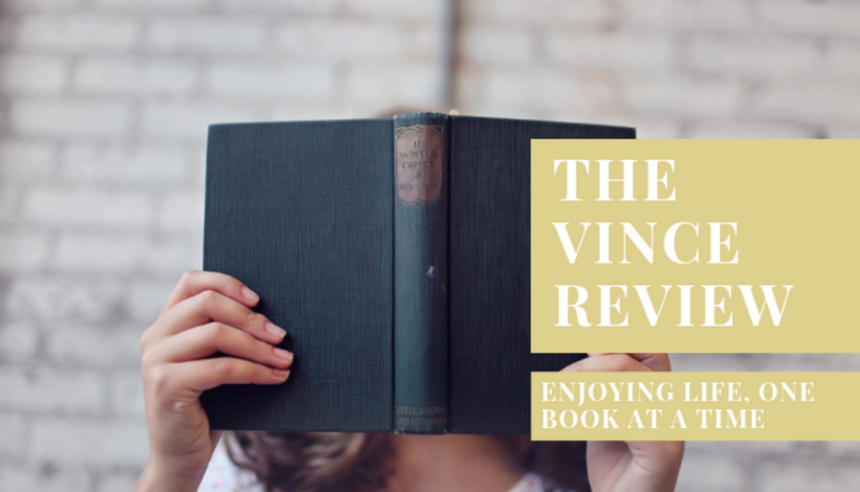For generations, the sunny philosophy of the "glad girl" has touched the hearts of millions of readers. In this book, the beloved heroine reappears to make new friends and renew old acquaintances. How Pollyanna helps countless "square pegs" find a new niche in life and how she earns a golden horseshoe make a story of true inspiration and delight.
MY THOUGHTS:
This is the 10th Glad Book, and the last one written by Elizabeth Borton.
Jimmy is back from the Antarctic, but now weakened with frequent chest infections. His masculine pride denies the idea of not being at his prime, so his boss and family make a secret pact to give him an easier job at a men's camp in a mild climate. True to the year 1940 in which this is published, he also smokes! Come on Jimmy, giving up the fags will help your coughing, yet nobody suggests it.
His son goes along too, to keep an eye on him, although Jimmy believes it's to give the lad some work experience. Since his son is now often referred to as 'Young Jim' rather than Junior, the elder Jimmy is sometimes called, 'The Chief.' It's easy once we get it straight in our heads.
Meanwhile, Pollyanna is given another role by Dr Bennet. She becomes a consulting director at Rehabilitation House, which is a sort of employment agency, matching desperate job seekers with their skills. Pollyanna makes it her goal to either round out a bunch of square pegs, or else find square holes in which to place them. She believes the organization needs so many improvements that rather than being a deterrent, it's impossible for her to resist accepting the job. And since the Pendletons hire Mrs Maddux, who comes each day to clean, wash dishes and help with the cooking, Pollyanna may as well volunteer at the agency, for there is time on her hands at home.
(I can't help thinking that while Harriet Lummis Smith's Pollyanna was a thriving and outspoken stay-at-home-mom who relished the creative lifestyle, Elizabeth's Borton's Pollyanna is beginning to quietly subvert Smith's stance. The very first page tells us, 'The pleasant room, the potted plants flourishing in the windows, the knitting in her hands, the iced cake waiting for supper - these were not, to her, work.' Hmm, well not since Mrs Maddux does the lion's share, I guess. You might think that with three teenagers to assign chores to, the family wouldn't need to hire an employee, but apparently they think it's money well spent.)
People Pollyanna helps include Margaret Dunn, an equestrian girl who loses all her wealth in one fell swoop; Della Treat, a circus acrobat who needs another position; Dr Auguste Michel, a slightly shabby young vet of foreign extraction; and Harold Thorkel, a homeless musician. She's also able to find performers for Mrs Harkness, an eccentric harpsichordist who lives in a castle, with a passion to form an orchestra comprised solely of ancient instruments.
I reckon this may be one of the early novels targeted at horse-crazy girls, for two of the best 'characters' are Margaret's beloved blind Irish filly, Colleen, who must learn to jump again; and Della's very ladylike circus performer, Alice, who is getting a bit old for the ring and needs another role, just like some of the human job seekers.
I like Borton's author dedication. She writes, 'To my Dad, who because he loves horses, may enjoy meeting Colleen and Alice.' Although Borton's dad has surely long passed away, we get this snapshot of a time and place. In a similar way, Borton refers to young Jim in his darkroom, 'busy with the magic of bringing to life views of things that had happened and would never happen again.' Books do the same, in a slightly different way from photos.
For example, this one is full of other signs of the times. Judy collects pin-ups of Robert Donat and Charles Boyer for her bedroom wall. And although they hedge around the point, Jimmy's loved ones can't help fearing a diagnosis of tuberculosis, which was still rife back then. And Pollyanna has misgivings about the unrest over in Europe. Oh boy, it's only just 1940 when this book is published, so there's a lot of horror still to come which even the Glad Book authors are unaware of yet. I guess we might see it play out during the rest of the series.
I'd like to meet Pollyanna, and get the benefit of her 'eager, friendly mind' myself. I'm sure she'd be able to help straighten me out, in her lovely, tactful manner. As the mother of teenagers, she's still the same optimistic soul, but is now mature enough to add some wise perspective for other, younger characters. We are far enough into the series for her to utter:
'So many friends come and go. My life is chequered with friends who have been close for a year or so and then married and gone away, or have been taken away by business or health or something.'
Yeah, isn't that just the way life rolls? Whenever we regret losing touch with old classmates, work colleagues or neighbours, as my own daughter was not long ago, well we're no different from Pollyanna. Different friends for different phases, and nobody remains static.
(Having said that, I still find it hard to forgive the way Borton writes out Nancy in Pollyanna's Castle in Mexico!)
So next up will be Pollyanna's Protegĕ by Margaret Piper Chalmers. I wonder what this new author will add to the canon.
🌟🌟🌟½








